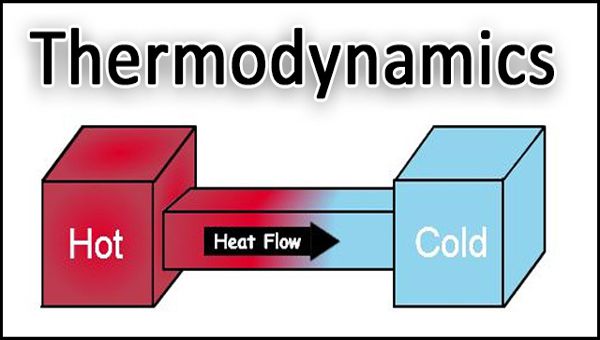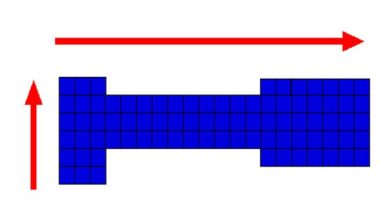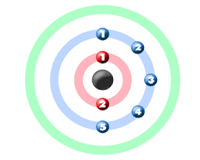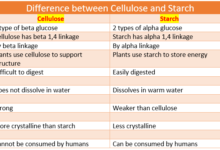Thermodynamics: Definition, Laws, Examples and Extensive Intensive Properties
Thermodynamics the study of laws of conservation of energy, with particular reference of conversion of heat into mechanical energy and vice versa.
[wp_ad_camp_1]
Thermodynamics Terms
System
A system may be defined in different ways:
- Anything under consideration or under experiment in the laboratory or elsewhere is called a system.
- Any part of the universe, big or small, real or imaginary, which is under study, discussion or just visualization is known as a system.
- A chemical system is defined as the reactants and products of a chemical reaction.
- A system which can be a drop of water, a piece of chalk, a leaf of the tree. It may be a reaction occurring in the test tube or a flask.

Types of System
- Open System
A system in which both mass and energy can be transferred inside or outside the system is called open system.
- Closed System
A system in which only energy can be transferred inside or outside the system but mass remain constant is called closed system.
[wp_ad_camp_2]
- Isolated System
A system in which both mass and energy cannot be transferred inside or outside the system is known as an isolated system.
Surroundings
Surroundings may be defined as different ways:
- The environments of the system are known as surroundings,
- The universe other than the system is known as surroundings.
- Anything in the universe that is not part of the system is called surroundings.
Boundaries
The system is separated from its surroundings by real or imaginary thing, which is known as boundaries.
The gas in a balloon acts as a system, the boundary of which is balloon is self, and the atmosphere is the surroundings.
[wp_ad_camp_3]
Microscopic properties of System
The properties of a system, which belong to the whole system and not to any of its parts, are called microscopic properties of a system. E.g.
Volume (V), Temperature (T), Pressure (P), etc.
There are of two types:
- Intensive Properties
- Extensive Properties
Intensive Properties
These are the properties that do not depend on the amount or size of the matter of the system, e.g. density, pressure, temperature, viscosity, surface tension, melting point, boiling point, refractive index and vapour pressure.
Extensive Properties
These are the properties, which depend on the amount or size of matter present in the system. The change in the extensive properties is directly proportional to the change in the quantity of material in the system, e.g. mass, volume, mole numbers, internal energy, enthalpy, entropy. The Gibb’s Free energy.
[wp_ad_camp_4]
State Functions OR Sates
The fundamental and microscopic properties of a system such as a temperature, volume, pressure, composition etc. which completely describe and defined by the system, are called state function or Sates.
Change in State
A system is completely defined when each of its microscopic properties has a definite value.
The description of the system before it suffers any change is known as ‘ Initial State’.
The description of the system after it has undergone a change is known as ‘Final State’.



